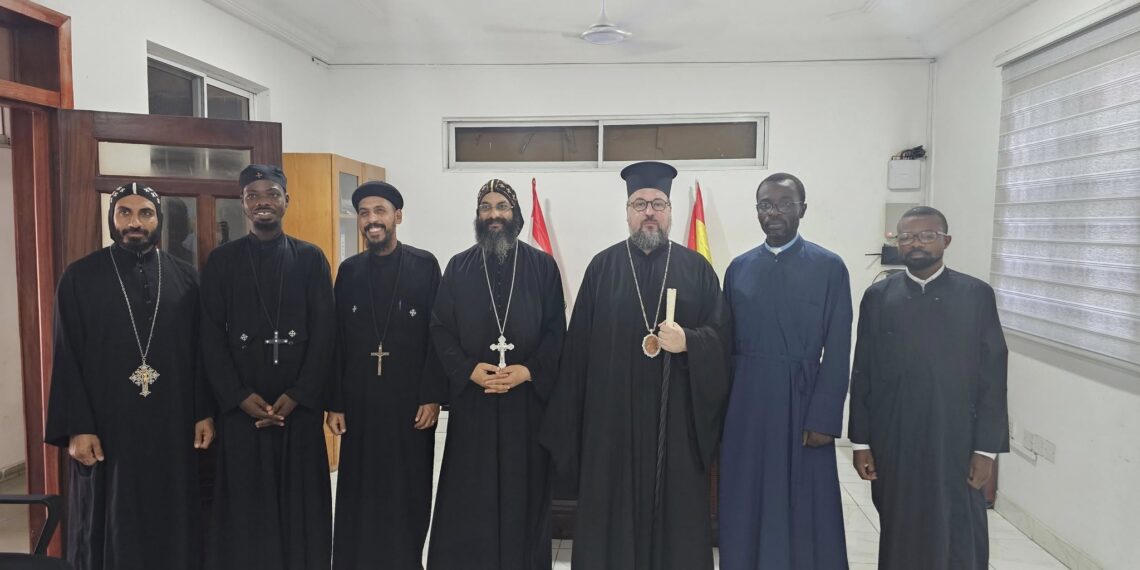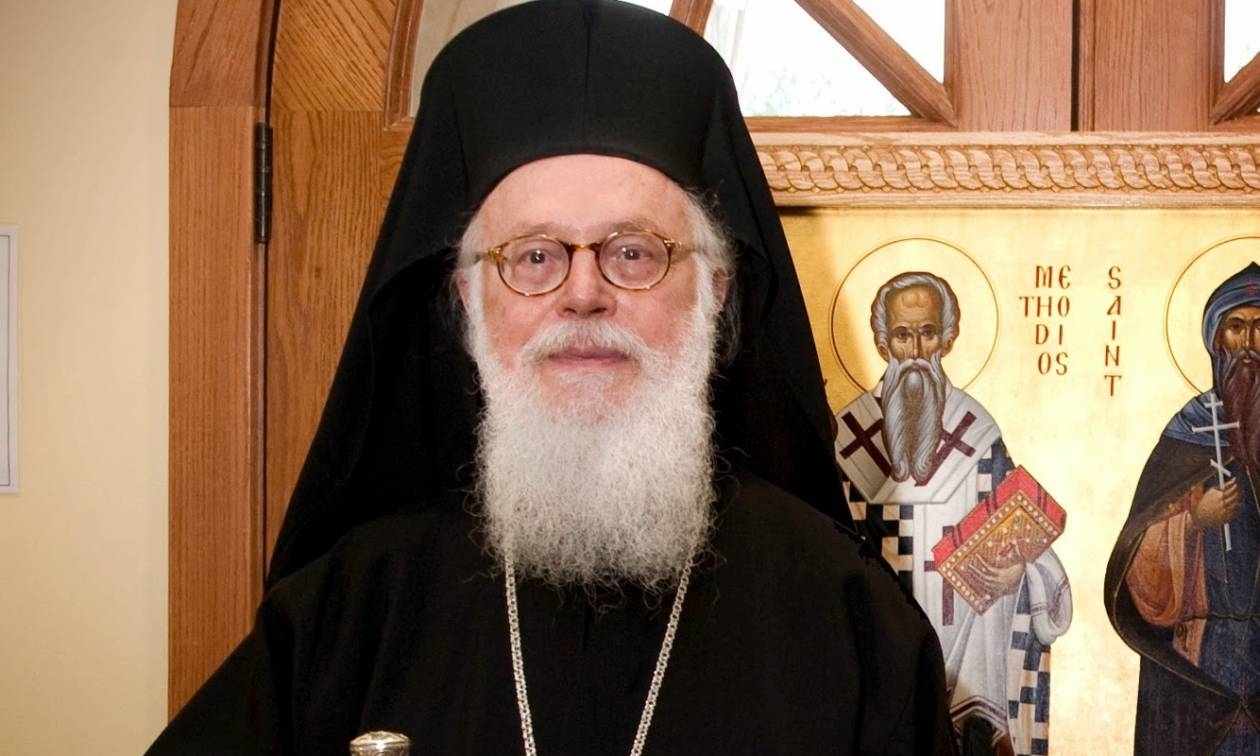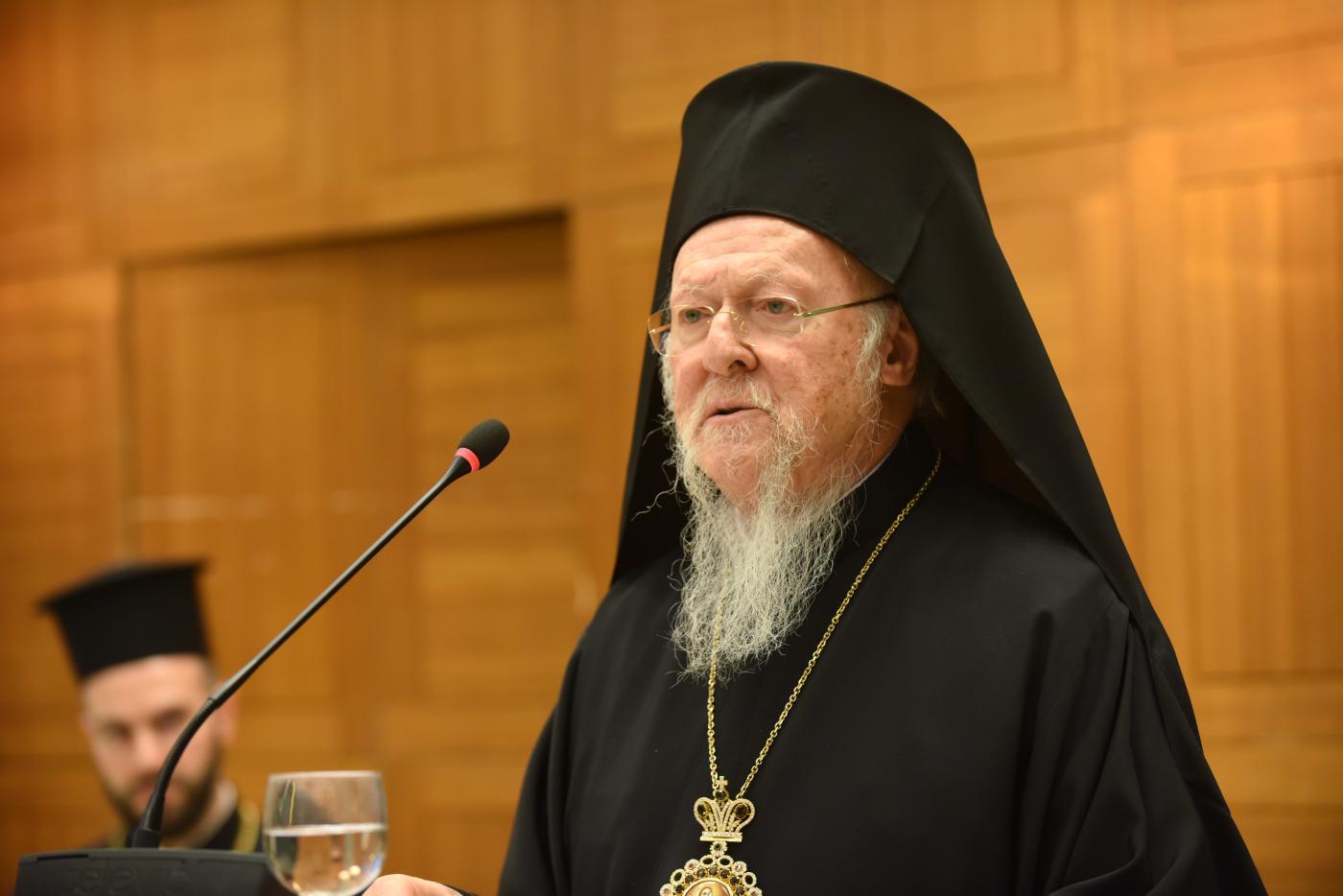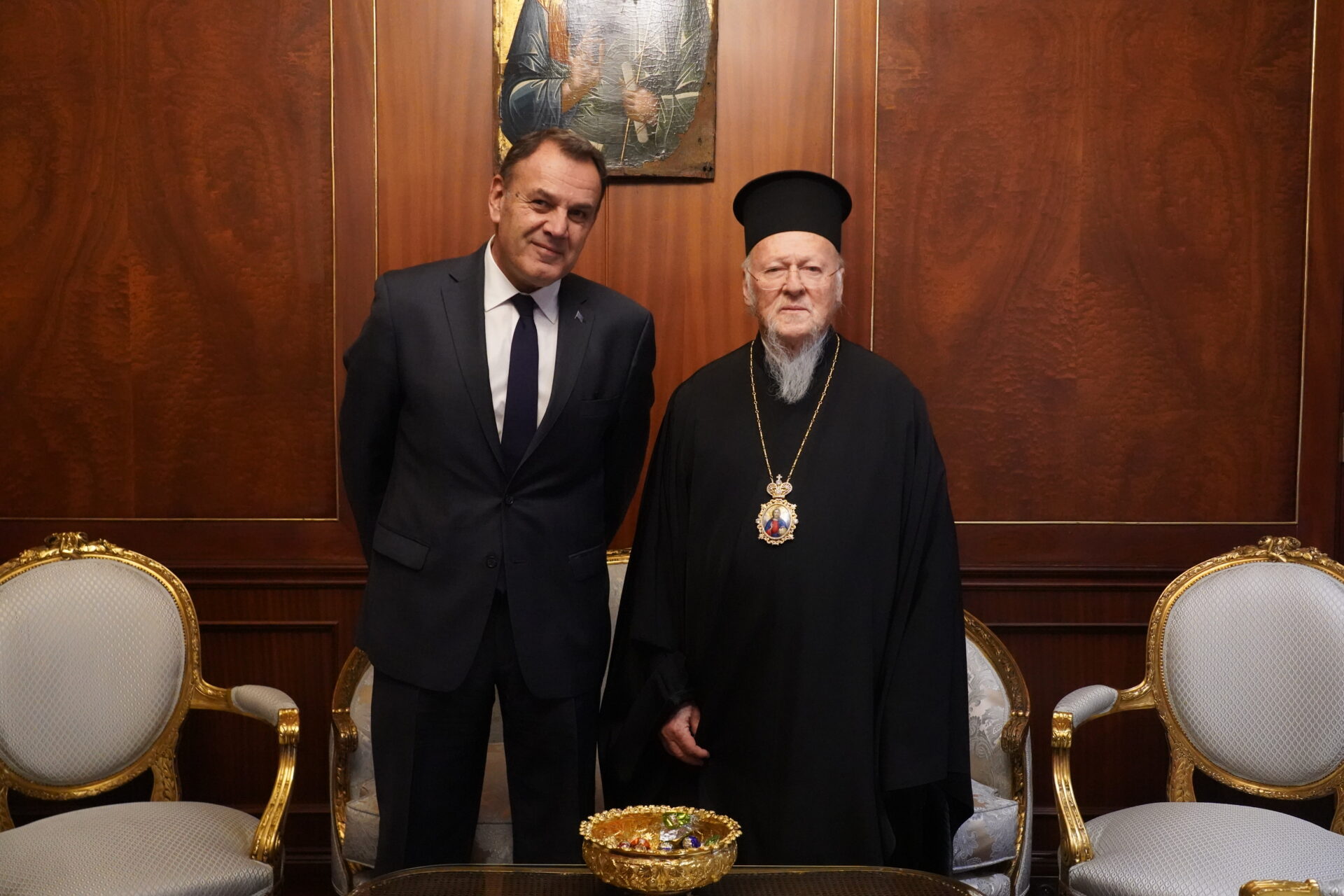Saint Germanos, Patriarch of Constantinople (12 May)
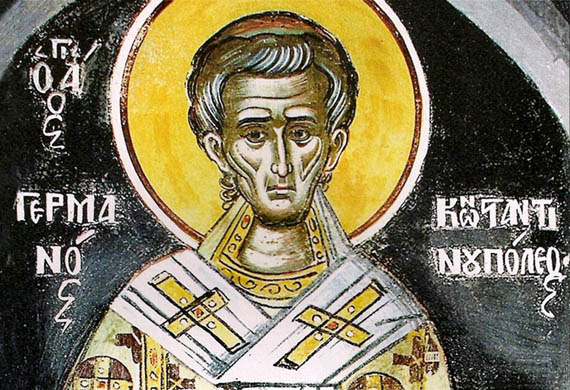

Saint Germanus, Patriarch of Constantinople, was born at Constantinople in the seventh century. His father, a prominent senator, was killed by order of the emperor Constantine Pogonatos (668-685). The young Germanus was emasculated and sent to a monastery, where he studied Holy Scripture.
Because of the sanctity of his life, Germanus was made bishop in the city of Cyzicus. Saint Germanus rose up in defense of the Orthodox Faith against the iconoclast heretics. He was later made Patriarch of Constantinople. Saint Germanus continued to stand up against the iconoclasts and to their spokesman, the heretical emperor Leo III the Isaurian (717-741), but the contest was unequal. He was forced to put his omophorion upon the altar table in the sanctuary, and to resign the archpastoral throne. Then the enraged emperor, who accused the Patriarch of heresy the day before, sent soldiers, who beat the saint and threw him out of the patriarchal residence. Saint Germanus was Patriarch for fourteen years and five months.
He went to a monastery, where he spent the remaining days of his life. The holy Patriarch Germanus died in the year 740, at age ninety-five, and was buried in the Chora monastery in Constantinople. Afterwards, his relics were transferred to France.
At the Seventh Ecumenical Council (787), the name of Patriarch Germanus was included in the diptychs of the saints. He wrote a “Meditation on Church Matters or Commentary on the Liturgy;” also an explanation of the difficult passages of Holy Scripture, and another work on the rewards of the righteous after death.
His important work on the various heresies that had arisen since apostolic times, and on the church councils that took place during the reign of the emperor Leo the Iconoclast, provides a wealth of historical information. There are also three letters from the Patriarch about the veneration of icons, which were read at the Seventh Ecumenical Council.
His other works include hymns in praise of the saints, discourses on the Feasts of the Entry into the Temple, the Annunciation and the Dormition of the Most Holy Theotokos, and on the restoration of the church in honor of the Placing of the Venerable Zone of the Most Holy Theotokos.
Saint Germanos, who was from Constantinople, was born to an illustrious family, the son of Justinian the Patrician. First he became Metropolitan of Cyzicus; in 715 he was elevated to the throne of Constantinople; but because of his courageous resistance to Leo the Isaurian’s impious decree which inaugurated the war upon the holy icons, he was exiled from his throne in 715. He lived the rest of his life in privacy, and reposed about 740, full of days. The fore-most of his writings is that which deals with the Six Ecumenical Councils. He wrote many hymns also, as is apparent from the titles of many stichera and idiomela, among which are those for the Feast of the Meeting in the Temple.
Apolytikion of Germanos, Abp. Of Constantinople
Fourth Tone
O God of our Fathers, ever dealing with us according to Thy gentleness: take not Thy mercy from us, but by their entreaties guide our life in peace.
Kontakion of Germanos, Abp. Of Constantinople
Fourth Tone
Let us the faithful duly praise the most wondrous and sacred pair of hierarchs, even Germanos together with the godly Epiphanios; for these righteous Saints of God burned the tongues of the godless with the sacred teachings which they most wisely expounded to all those who in Orthodox belief do ever hymn the great myst’ry of piety.
Source: goarch.org / oca.org


